As part of a new First Grade series of Creative Computing lessons that weave together computational thinking, robotics, SEL and literacy, first graders engaged in a robot “check in.” First the homeroom teachers and I asked students to choose a robot from pictures of many imaginary ones. Then in a turn and talk with a partner, they let one another know why they chose that one. How does this robot make you feel and how is this robot similar or different from you are other questions we also asked them to talk about.
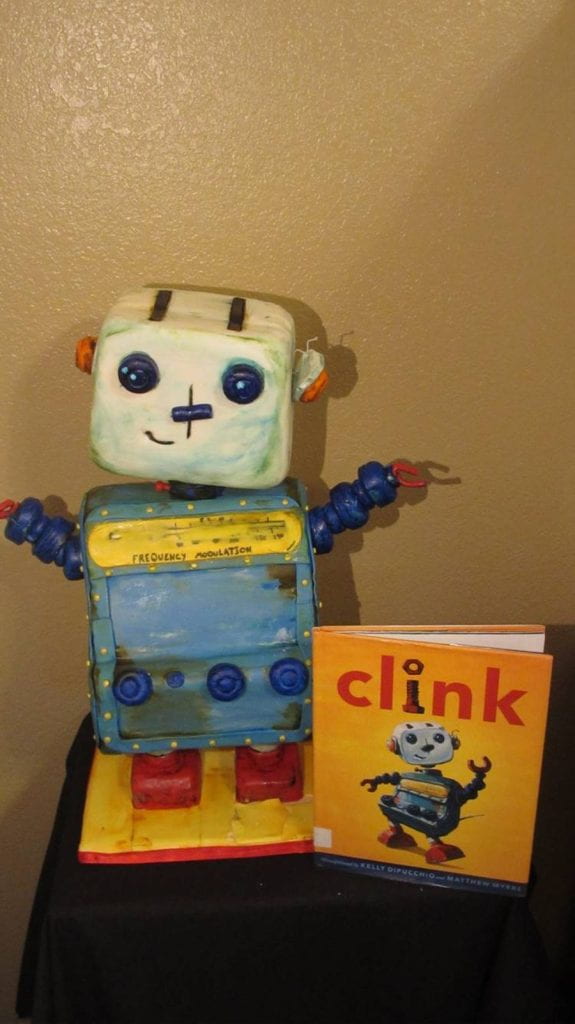


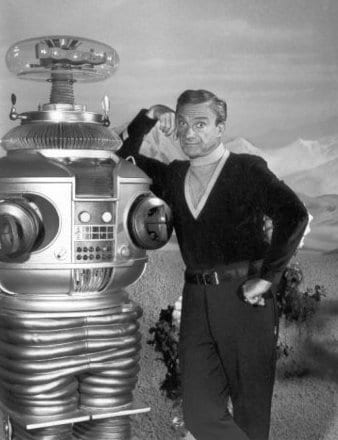
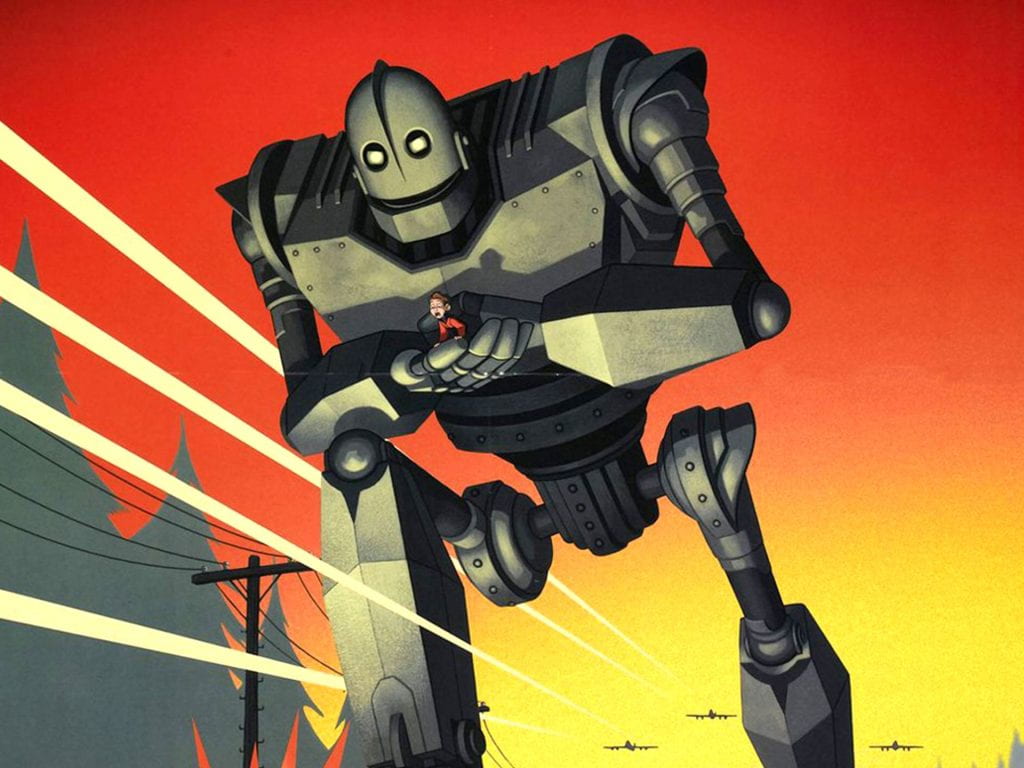
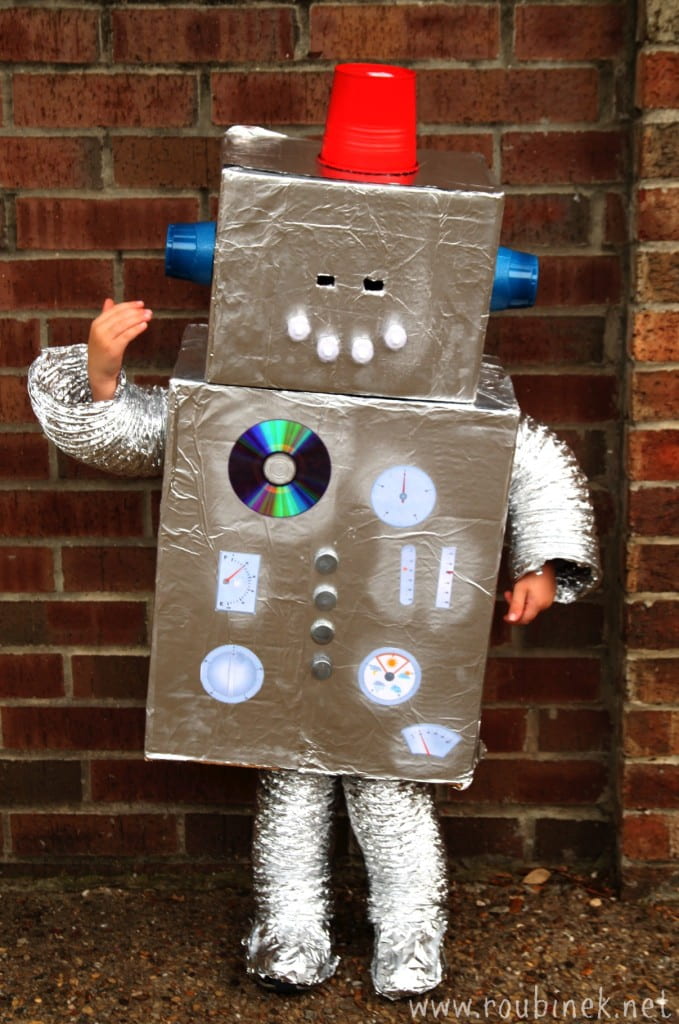

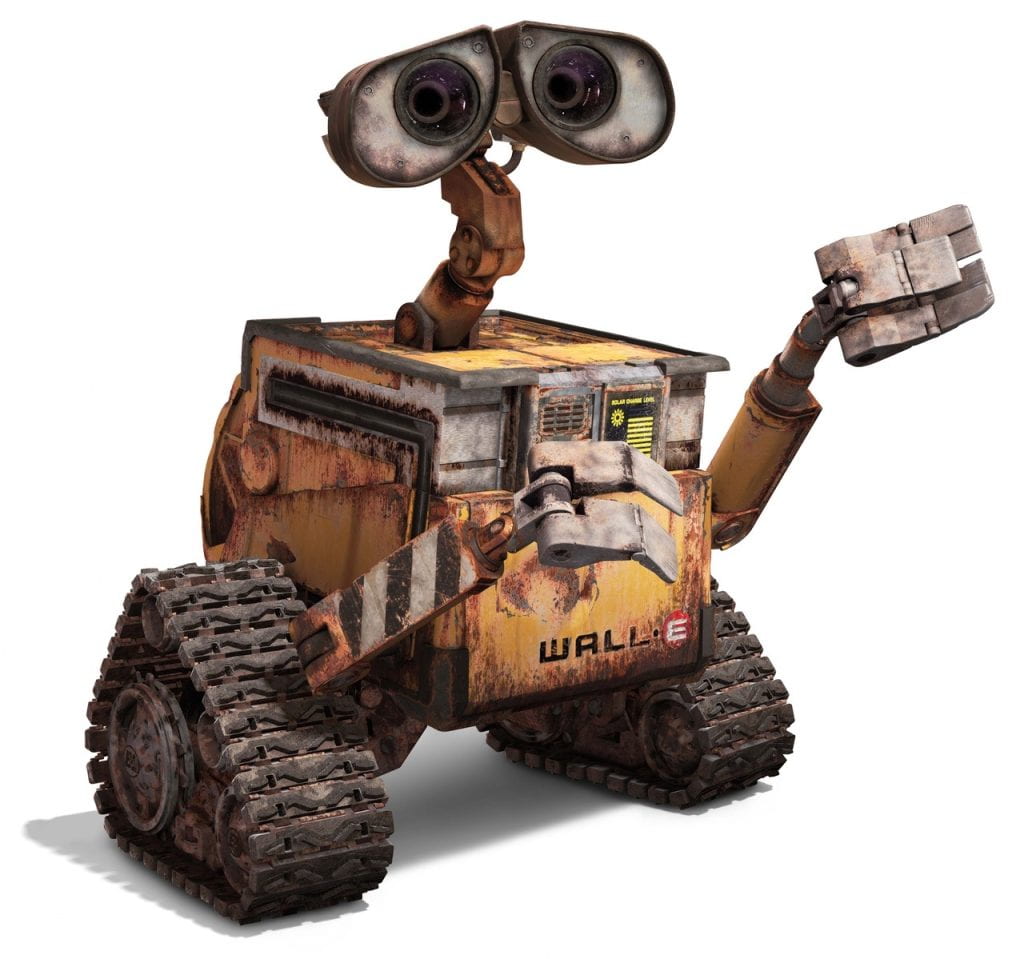

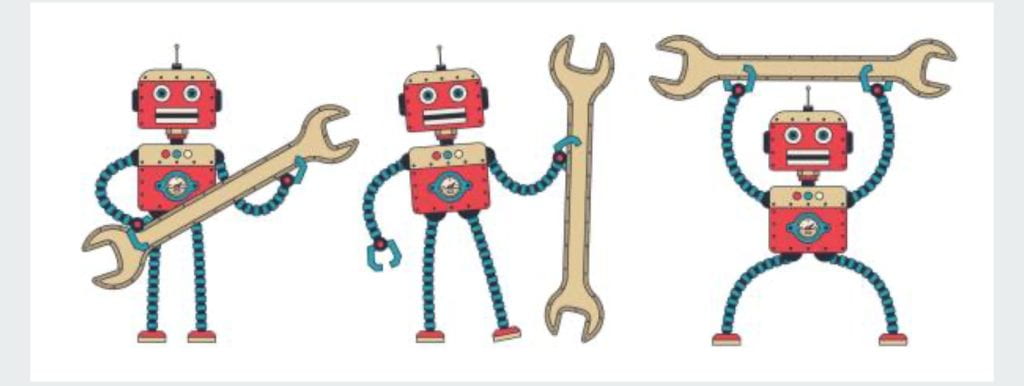
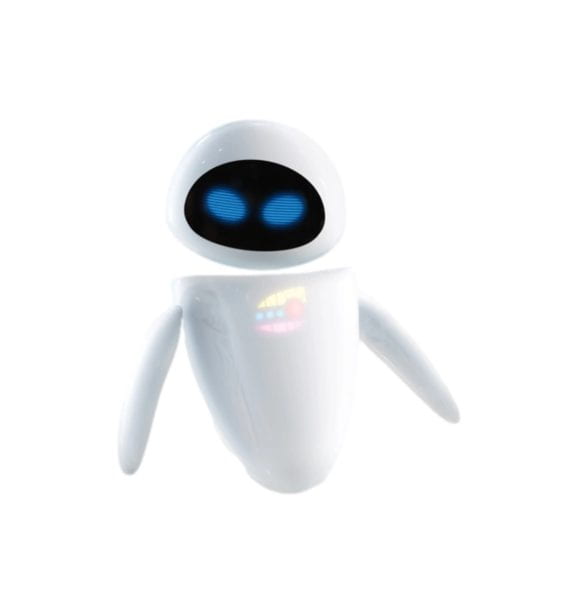
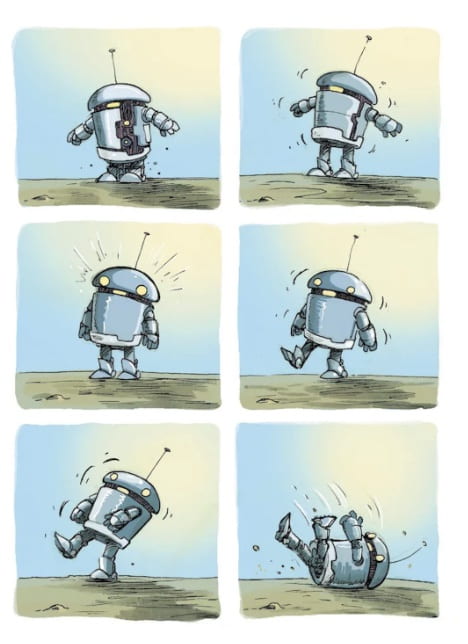
As a follow-up to this activity, students drew their own picture of a robot. Before they began we asked them to think about what their robot would be able to do. Their robot could be one that was based on one of the earlier robot choices. They were also free to devise one entirely out of their imagination. Here are some of the robots the First Graders came up with.

In both activities were chosen to become friends or because they had similar characterisics.
One of the goals of this activity is to help children articulate the difference between robots and people. When we talked about this some of their responses were,
A person comes from the mommy’s belly; a robot is made of electronics.
A person eats real food and a robot does not.
One of the most interesting parts of this work so far has been seeing that like stuffed animals, children naturally want to connect, befriend and care for robots, especially the delightful-looking imaginary ones. This relationship, like the one between a child and a beloved stuffed toy, can be an important step in learning how to take care of oneself.
As AI seeps into our lives, we do want our children to be able think deeply about what makes people unique. This is opportunity to ask big questions about the differences between humans and machines so a next generation makes sure that machines don’t go awry. At the same time, making an emotional connection with a playful, imaginary robot is a natural and healthy part of growing up.
In subsequent lessons, we’re looking more closely at “real” vs. “imaginary” robots. First graders also write simple code to control their own and then the Bee-bot robots physical movement.

